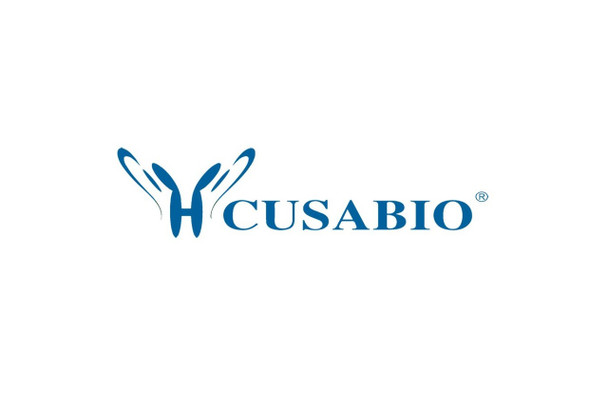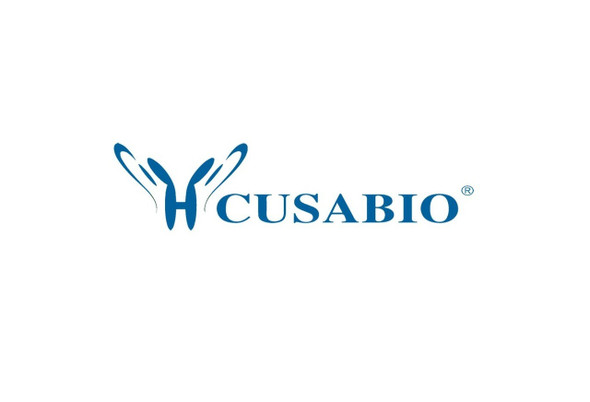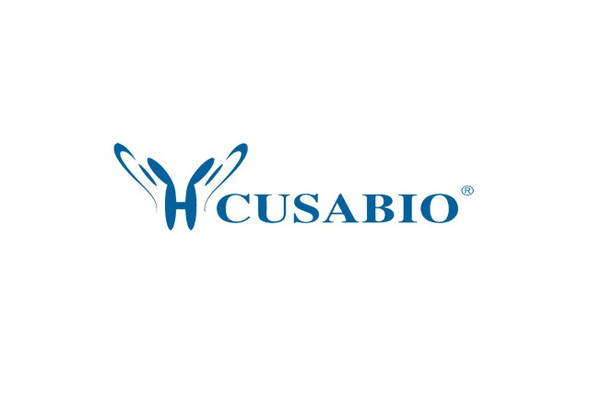Cusabio Escherichia coli Recombinants
Recombinant Escherichia coli KHG/KDPG aldolase (eda) | CSB-EP359248ENV
- SKU:
- CSB-EP359248ENV
- Availability:
- 13 - 23 Working Days
Description
Recombinant Escherichia coli KHG/KDPG aldolase (eda) | CSB-EP359248ENV | Cusabio
Alternative Name(s): 2-keto-4-hydroxyglutarate aldolase ;KHG-aldolase2-dehydro-3-deoxy-phosphogluconate aldolase (EC:4.1.2.14) ;2-keto-3-deoxy-6-phosphogluconate aldolase ;KDPG-aldolasePhospho-2-dehydro-3-deoxygluconate aldolasePhospho-2-keto-3-deoxygluconate aldolase
Gene Names: eda
Research Areas: Others
Organism: Escherichia coli (strain K12)
AA Sequence: MKNWKTSAESILTTGPVVPVIVVKKLEHAVPMAKALVAGGVRVLEVTLRTECAVDAIRAIAKEVPEAIVGAGTVLNPQQLAEVTEAGAQFAISPGLTEPLLKAATEGTIPLIPGISTVSELMLGMDYGLKEFKFFPAEANGGVKALQAIAGPFSQVRFCPTGGISPANYRDYLALKSVLCIGGSWLVPADALEAGDYDRITKLAREAVEGAKL
Source: E.coli
Tag Info: N-terminal 6xHis-tagged
Expression Region: 1-213aa
Sequence Info: Full Length
MW: 26.3 kDa
Purity: Greater than 90% as determined by SDS-PAGE.
Relevance: Involved in the degradation of glucose via the Entner-Doudoroff pathway. Catalyzes the reversible, stereospecific retro-aldol cleavage of 2-Keto-3-deoxy-6-phosphogluconate (KDPG) to pyruvate and D-glyceraldehyde-3-phosphate. In the synthetic direction, it catalyzes the addition of pyruvate to electrophilic aldehydes with si-facial selectivity. It accepts some nucleophiles other than pyruvate, including 2-oxobutanoate, phenylpyruvate, and fluorobutanoate. It has a preference for the S-configuration at C2 of the electrophile.
Reference: Highly accurate genome sequences of Escherichia coli K-12 strains MG1655 and W3110.Hayashi K., Morooka N., Yamamoto Y., Fujita K., Isono K., Choi S., Ohtsubo E., Baba T., Wanner B.L., Mori H., Horiuchi T.Mol. Syst. Biol. 2:E1-E5(2006)
Storage: The shelf life is related to many factors, storage state, buffer ingredients, storage temperature and the stability of the protein itself. Generally, the shelf life of liquid form is 6 months at -20?/-80?. The shelf life of lyophilized form is 12 months at -20?/-80?.
Notes: Repeated freezing and thawing is not recommended. Store working aliquots at 4? for up to one week.
Function: Involved in the degradation of glucose via the Entner-Doudoroff pathway. Catalyzes the reversible, stereospecific retro-aldol cleavage of 2-Keto-3-deoxy-6-phosphogluconate (KDPG) to pyruvate and D-glyceraldehyde-3-phosphate. In the synthetic direction, it catalyzes the addition of pyruvate to electrophilic aldehydes with si-facial selectivity. It accepts some nucleophiles other than pyruvate, including 2-oxobutanoate, phenylpyruvate, and fluorobutanoate. It has a preference for the S-configuration at C2 of the electrophile.
Involvement in disease:
Subcellular Location: Cytoplasm
Protein Families: KHG/KDPG aldolase family
Tissue Specificity:
Paythway:
Form: Liquid or Lyophilized powder
Buffer: If the delivery form is liquid, the default storage buffer is Tris/PBS-based buffer, 5%-50% glycerol. If the delivery form is lyophilized powder, the buffer before lyophilization is Tris/PBS-based buffer, 6% Trehalose, pH 8.0.
Reconstitution: We recommend that this vial be briefly centrifuged prior to opening to bring the contents to the bottom. Please reconstitute protein in deionized sterile water to a concentration of 0.1-1.0 mg/mL.We recommend to add 5-50% of glycerol (final concentration) and aliquot for long-term storage at -20?/-80?. Our default final concentration of glycerol is 50%. Customers could use it as reference.
Uniprot ID: P0A955
HGNC Database Link: N/A
UniGene Database Link: N/A
KEGG Database Link: KEGG
STRING Database Link: STRING
OMIM Database Link: N/A










